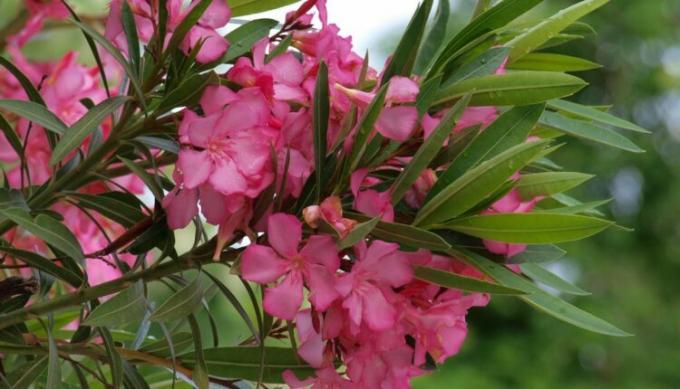Although they are present in human life as decoration, in gardens and even as a nice gift, not all flowers they are harmless. To the toxic flowers are an example, because they contain poison and other substances harmful to the body.
If you have flowers at home, it's important to know what species they are. This is because, if a poisonous flower is in your garden, children or animals can eat it by accident and become intoxicated. Below are some examples of the most common toxic flowers.
see more
The wonder of the garden: Arruda, the miracle plant
These are the 4 zodiac signs that love solitude the most, according to…
Read more: Edible flowers: what they are and how to use them
azalea
All parts of the azalea are toxic and dangerous for pets. Nausea, difficulty breathing and pain in the abdominal region are some of the most common symptoms after ingestion.
calotropis
Considered a weed, calotropis releases a substance that can cause blindness if it comes into contact with the eyes.
Clematis
If touched or ingested, clematis releases a toxic substance called anemonine. Thus, it can cause dermatitis, burning sensation in the mouth and ulcers. In animals, symptoms include nausea and salivation.
Foxglove

Used to prepare medication, if ingested in its natural form, foxglove can cause headaches, stomachaches and even fainting.
Wisteria
Poisonous to animals, wisteria can present abdominal pain, vomiting and diarrhea as the most common symptoms after consumption.
morning glory
Not all species of this flower are poisonous, but some can be toxic if ingested. Diarrhea and liver failure are the most common symptoms.
Hydrangea
Hydrangeas contain cyanide, which, if eaten in large amounts, can be lethal, in addition to causing vomiting and diarrhea.
lantana

Lantana contains a liver-damaging toxin. If consumed, it can cause nausea, fatigue, depression and even liver failure.
lily of the valley
It is an extremely toxic flower and can cause vomiting, mental confusion, blurred vision and reduced heart rate. In more severe cases, it can lead to death.
Narcissus
The bulb is the dangerous part of the narcissus, and once ingested, it can cause vomiting, diarrhea, body tremors and heart failure.
Oleander

Oleander should not be ingested due to its toxicity. The symptoms of intoxication consist of dehydration, reduced heart rate, tremors and fever, and can lead to death.
vinca de madagascar
Although it is used as a treatment for high blood pressure, excessive consumption can cause a drop in blood pressure, dizziness and fainting.
Zantedeschia
It can be consumed after cooking, however, consumption of the raw flower causes swelling in the mouth, tongue and throat, both in animals and humans.

